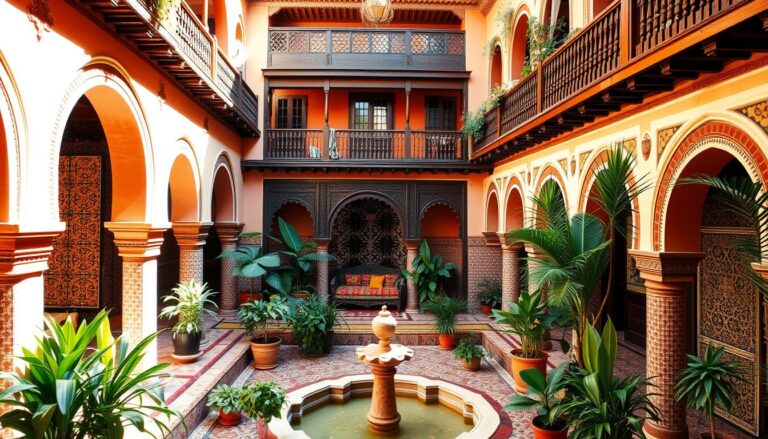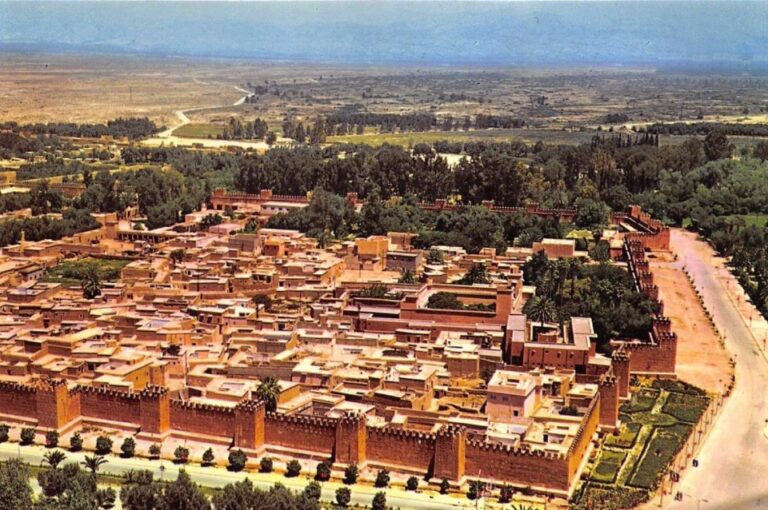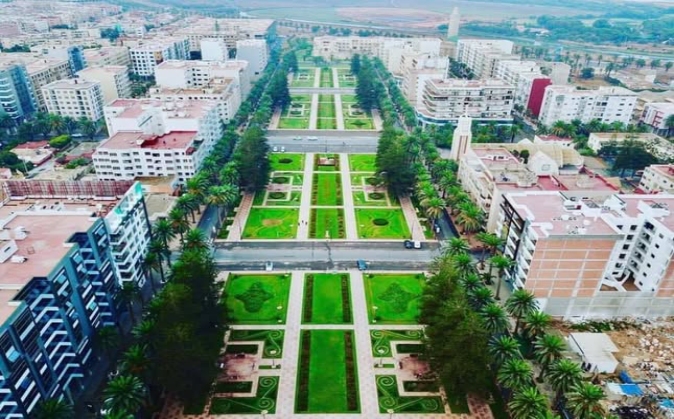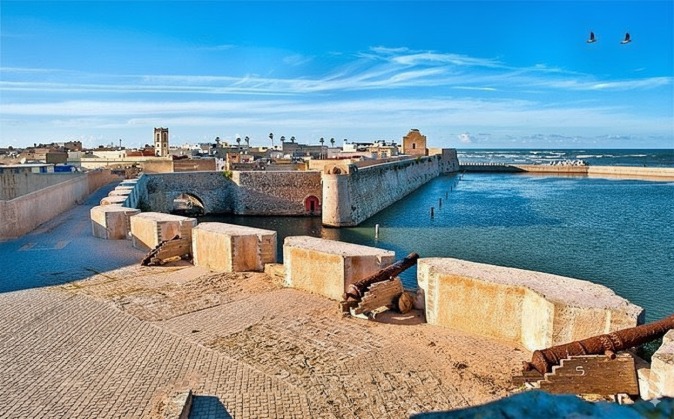Guelmim: The Desert’s Gateway and Camel Capital
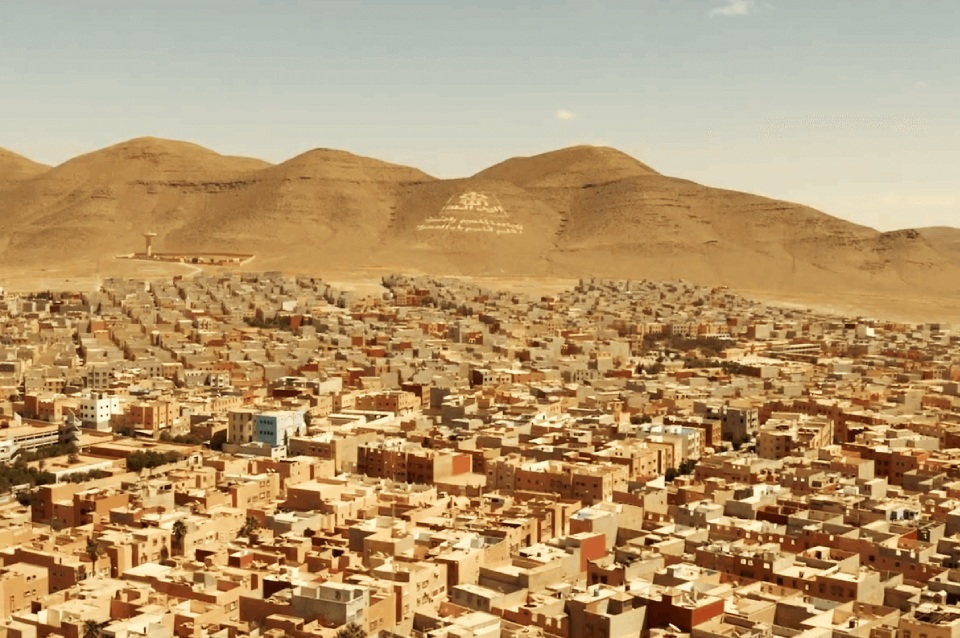
Where the Anti-Atlas Mountains begin their dramatic descent toward the Sahara Desert, where ancient caravan routes converge and the legendary “Blue People” maintain traditions spanning centuries, stands Guelmim—Morocco’s authentic gateway to the deep south and the undisputed capital of camel trading in North Africa. This captivating city, poised at the threshold between Morocco’s fertile regions and the vast desert wilderness beyond, embodies the romance and reality of Saharan life like few other destinations.
Located approximately 200 kilometers south of Agadir, Guelmim (also spelled Goulimine) serves as the administrative center of the Guelmim-Oued Noun region and home to around 120,000 inhabitants. Known throughout Morocco and beyond as “Bab Sahara” (Gateway to the Sahara), this city has functioned for centuries as the final major settlement before travelers venture into the desert’s unforgiving embrace, making it historically crucial for trans-Saharan trade and contemporary tourism alike.
What distinguishes Guelmim from other Moroccan desert cities is its authentic preservation of nomadic traditions amidst modern development. The city remains deeply connected to its Sahrawi and Tuareg heritage, visible in the distinctive indigo-dyed clothing of local inhabitants, the continuation of traditional camel markets despite modernization, and the enduring hospitality customs that have welcomed desert travelers for generations. This isn’t a manufactured tourist experience but rather genuine Saharan culture that exists because it always has, not because visitors expect it.
The legendary Saturday camel market—though smaller than its historical heyday—continues to draw nomadic herders from across the region, creating one of Morocco’s most authentic traditional gatherings. Beyond the market, Guelmim offers access to spectacular desert landscapes including the white beaches of Plage Blanche, the mysterious oasis of Tighmert, prehistoric rock carvings, and endless opportunities for desert exploration that reveal the raw beauty of Morocco’s southern frontier.
Whether you’re drawn by the allure of genuine Saharan culture, fascinated by the centuries-old camel trading traditions, seeking adventure in Morocco’s least-touristed desert regions, or simply following the romantic call of the open Sahara, Guelmim provides experiences that connect travelers to the timeless rhythms of desert life while offering modern comforts and strategic access to some of North Africa’s most spectacular and least-explored landscapes.
The Legendary Camel Market
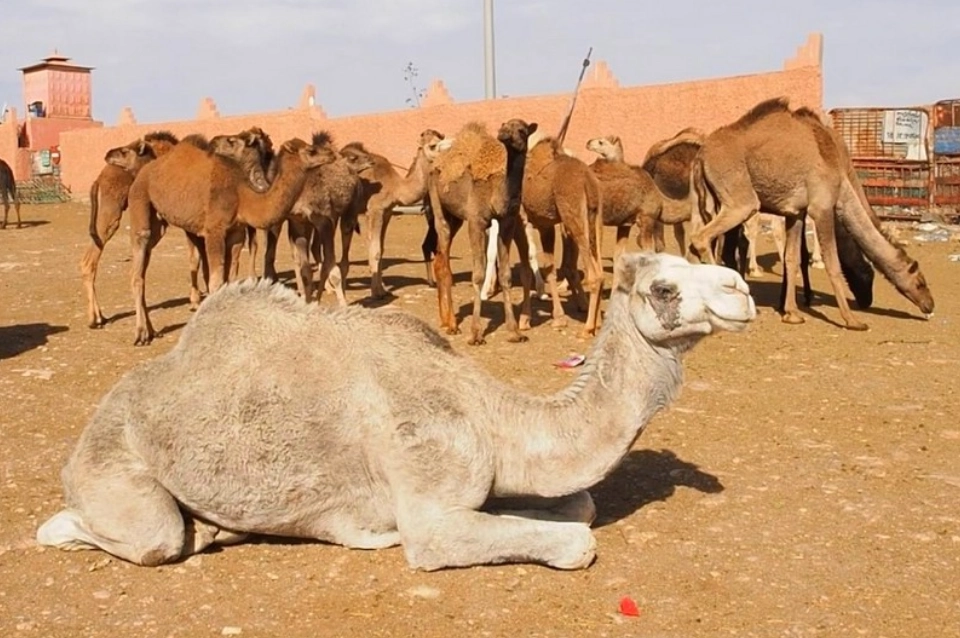
Historical Significance and Tradition
Guelmim’s Saturday camel market (souk) has operated for centuries as the most important camel trading center in Morocco and one of the most significant in North Africa. Historically, thousands of camels changed hands here weekly as nomadic tribes gathered to trade animals essential for desert survival, transport, and wealth. While modernization has reduced the market’s size, it remains an authentic tradition where genuine transactions occur.
Contemporary Market Experience
Today’s market continues to attract nomadic herders, primarily from the Saharan regions, who bring camels for sale alongside goats, sheep, and other livestock. The market operates early Saturday morning, with most activity concentrated between 7 AM and noon. Visitors witness genuine negotiations conducted in traditional fashion, with buyers examining animals’ health, age, and working capabilities before agreeing on prices.
Cultural Immersion Opportunity
Beyond commerce, the market functions as a social gathering where nomadic communities exchange news, maintain relationships, and preserve cultural connections. The colorful clothing of participants—particularly the distinctive blue robes of Tuareg and Sahrawi people—creates visually stunning scenes while conversations in various Berber dialects and Hassaniya Arabic demonstrate the region’s linguistic diversity.
Photography and Respectful Observation
The market provides exceptional photography opportunities, but visitors should approach with respect and cultural sensitivity. Always ask permission before photographing individuals, consider purchasing small items as gesture of respect, and understand that this is a working market serving genuine community needs rather than a tourist attraction staged for entertainment.
Sahrawi and Tuareg Cultural Heritage

The “Blue People” Tradition
Guelmim is home to communities of Tuareg people, often called “Blue People” due to their distinctive indigo-dyed robes and turbans. The indigo dye traditionally transfers to skin, creating the bluish tint that inspired this nickname. These garments serve practical purposes in desert environments while representing cultural identity and social status.
Nomadic Lifestyle and Adaptations
The region maintains strong connections to nomadic traditions despite increasing settlement. Many families continue seasonal migration patterns with livestock, living in traditional tents and practicing ancient desert survival skills. Opportunities exist to visit nomadic encampments and understand how these communities balance traditional lifestyles with modern pressures.
Traditional Crafts and Artisanship
Local artisans produce distinctive crafts including silver jewelry featuring intricate Berber and Tuareg designs, leather goods crafted from camel and goat hides, woolen textiles woven using traditional looms, and decorative items reflecting desert aesthetics. Workshops and cooperatives welcome visitors interested in traditional production methods.
Music and Oral Traditions
Saharan music traditions flourish in Guelmim through regular performances of traditional songs accompanied by instruments like the tidinit (lute) and tbal (drums). These musical expressions preserve historical narratives, poetry, and cultural knowledge passed orally through generations.
Natural Wonders and Desert Landscapes
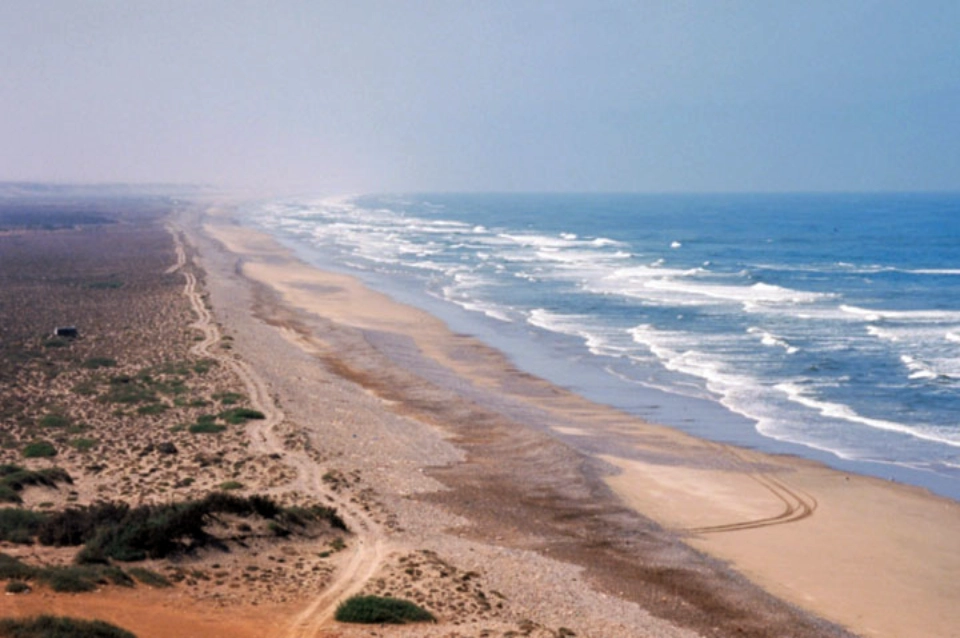
Plage Blanche (White Beach)
Located approximately 60 kilometers west of Guelmim, Plage Blanche represents one of Morocco’s most spectacular and remote beaches. This 40-kilometer stretch of pristine white sand meets the Atlantic Ocean in dramatic fashion, with towering sand dunes cascading directly onto the beach. The isolated location ensures minimal development and maximum natural beauty.
Oasis of Tighmert
This mysterious oasis, situated about 15 kilometers from the city, features natural springs, palm groves, and ruins of ancient settlements. The oasis provides insights into traditional water management and desert agriculture while offering peaceful retreats from urban environments.
Desert Plains and Hamada
The surrounding landscape includes vast desert plains (hamada) characterized by rocky surfaces, sparse vegetation, and dramatic geological formations. These areas offer opportunities for 4×4 expeditions, desert camping, and observation of desert-adapted wildlife and plant species.
Prehistoric Rock Art
The region contains various sites featuring prehistoric rock carvings and paintings depicting ancient peoples, animals, and symbols. These archaeological treasures provide evidence of human habitation spanning thousands of years and offer insights into past climates and cultures.
Strategic Gateway Location
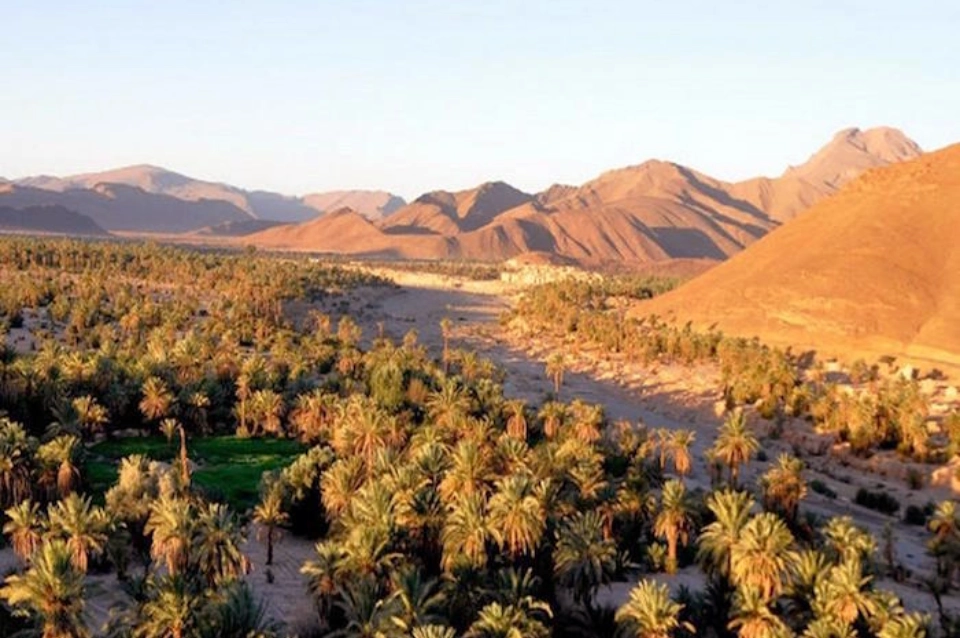
Access to Deep Sahara
Guelmim functions as the practical launching point for expeditions into Morocco’s deep southern regions including the road to Tan-Tan, Tarfaya, and eventually Laayoune and Dakhla. The city provides the last major concentration of services before travelers venture into sparsely populated desert territories.
Mountain and Desert Interface
The city’s position where the Anti-Atlas Mountains meet Saharan plains creates diverse landscapes within short distances. Travelers can experience mountain valleys, rocky plateaus, and sandy deserts within a single day’s exploration from the city center.
Historical Caravan Routes
Guelmim sits on ancient trans-Saharan trade routes that connected sub-Saharan Africa with Morocco’s imperial cities and Mediterranean ports. Historical caravans carrying gold, salt, slaves, and goods passed through here, making the city strategically and economically significant for centuries.
Modern Transportation Hub
Today’s Guelmim maintains its historical role as a crossroads, with highways connecting to Agadir, Marrakech, Laayoune, and other destinations. Bus services, taxis, and car rental facilities serve travelers moving through southern Morocco.
Culinary Traditions and Desert Flavors
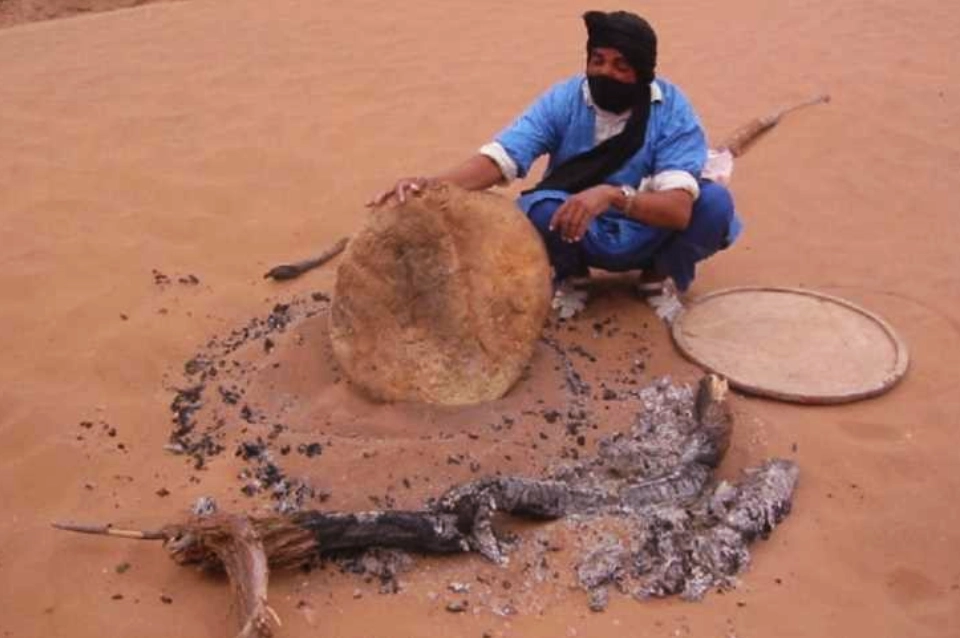
Sahrawi Cuisine Specialties
Local cuisine reflects desert origins with dishes adapted to harsh conditions and nomadic lifestyles. Specialties include méchoui (slow-roasted whole lamb), camel meat preparations, dishes featuring preserved ingredients suitable for desert travel, and heavily spiced tagines that reflect trade connections with sub-Saharan regions.
Traditional Bread and Baking
Desert communities maintain distinctive bread-making traditions, with flatbreads baked in sand-covered ovens and communal bread preparation that remains central to social life. Visitors can observe these traditional baking methods in rural areas surrounding the city.
Tea Ceremony Excellence
Saharan tea ceremony reaches its highest expression in Guelmim, where tea preparation becomes elaborate ritual involving multiple brewings, specific pouring techniques, and social protocols. The ceremony represents hospitality, social bonding, and cultural identity rather than mere beverage consumption.
Market Fresh Produce
Despite desert conditions, markets showcase surprising agricultural diversity including dates from regional oases, vegetables from irrigated gardens, traditional dairy products, and specialty items like argan oil from nearby production areas.
Practical Amenities and Services
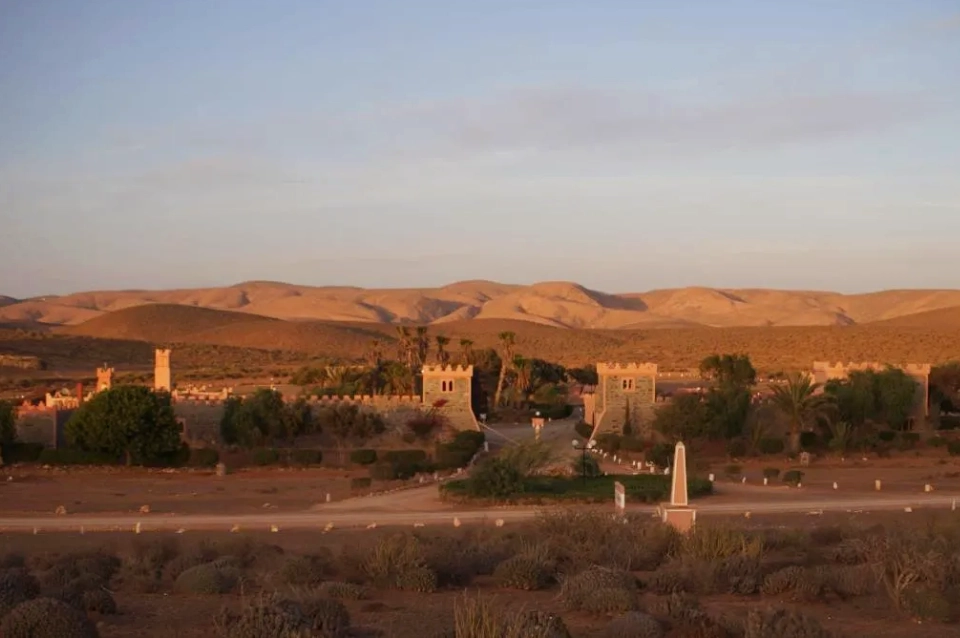
Accommodation Options
Guelmim offers various accommodation levels from simple guesthouses and budget hotels to more comfortable mid-range establishments. While lacking luxury resorts, available options provide clean, adequate lodging suitable for travelers passing through or using the city as a desert expedition base.
Essential Services and Supplies
As the last major service center before deep southern regions, Guelmim maintains banks, ATMs, medical facilities, pharmacies, fuel stations, markets, and repair services. Stocking up on supplies, cash, and necessities here is crucial before continuing southward.
Local Transportation
Within the city, grand taxis and local buses provide transportation. For regional exploration, shared taxis connect to nearby destinations, while tour operators offer organized excursions to Plage Blanche, desert areas, and other attractions requiring 4×4 vehicles.
Communication and Connectivity
Mobile phone coverage and internet access are available in the city, though connectivity becomes unreliable in remote surrounding areas. Guelmim offers the last dependable communication opportunities before venturing into isolated territories.
Seasonal Events and Festivals
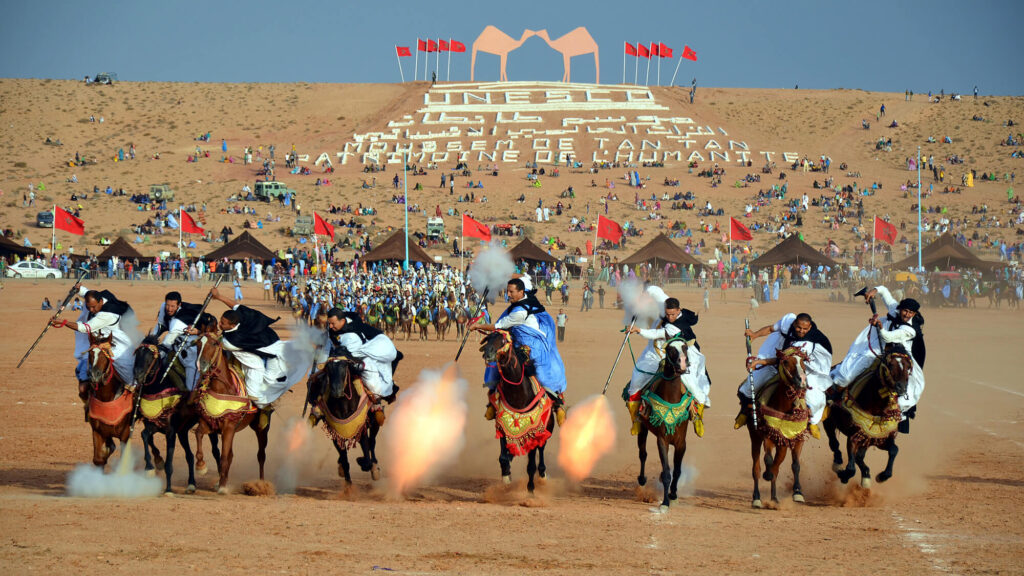
Guelmim Festival (Tan-Tan Moussem)
Though the major moussem occurs in nearby Tan-Tan, Guelmim celebrates related events showcasing Saharan culture through traditional music, dance, poetry, camel races, and cultural displays. These celebrations typically occur in spring and attract participants from across desert regions.
Date Harvest Celebrations
Local oases celebrate date harvests with community gatherings, traditional meals, and festivities that mark this crucial agricultural event. Timing visits to coincide with harvest periods (typically autumn) provides insights into oasis life and community cooperation.
Religious Observances and Moussems
Various religious celebrations and saint veneration festivals occur throughout the year, drawing pilgrims and creating opportunities to observe traditional religious practices and community gatherings that blend Islamic observance with local customs.
Seasonal Camel Competitions
Beyond the regular Saturday market, special camel-related events including races, beauty contests, and traditional skills demonstrations occur seasonally, drawing larger crowds and showcasing the continued cultural importance of these animals.
Day Trips and Regional Exploration
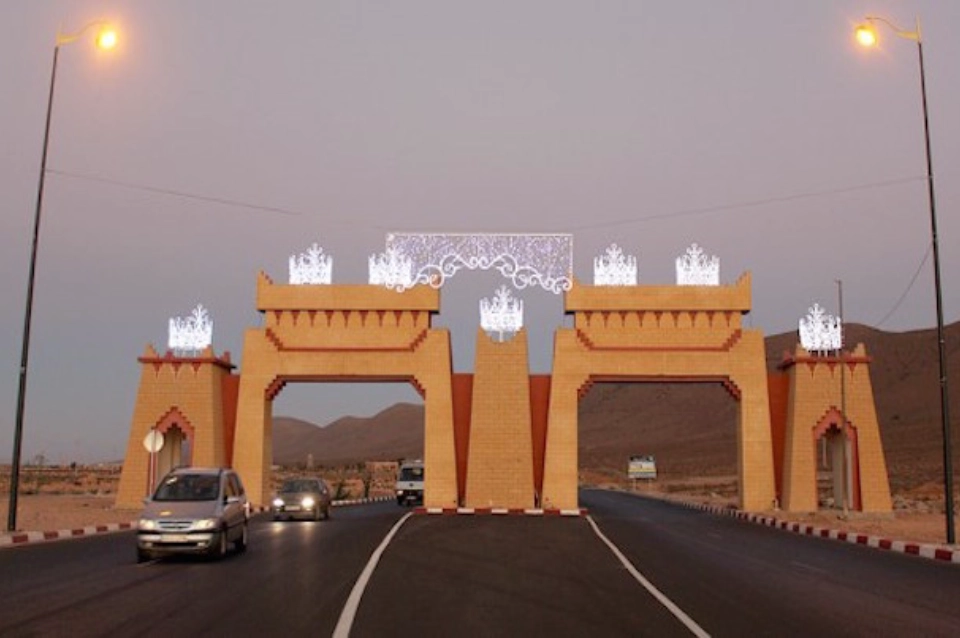
Tan-Tan and Coastal Access
The coastal city of Tan-Tan, located about 120 kilometers south, offers different desert-ocean landscapes, fishing communities, and access to the famous Tan-Tan Moussem. The journey reveals diverse Saharan ecosystems and coastal environments.
Sidi Ifni and Art Deco Legacy
Northwest of Guelmim lies Sidi Ifni, a former Spanish colonial town featuring distinctive Art Deco architecture, beautiful coastal scenery, and unique historical character. The contrasting ocean environment complements desert experiences.
Assa and Southern Oases
Inland explorations toward Assa reveal remote oases, traditional villages, and progressively more isolated desert landscapes. These areas offer authentic experiences with minimal tourist infrastructure.
Anti-Atlas Mountain Excursions
Northern routes into the Anti-Atlas reveal dramatic mountain landscapes, traditional Berber villages, and different ecosystems contrasting sharply with Saharan environments. These excursions provide geographical and cultural diversity.
Tips and Recommendations
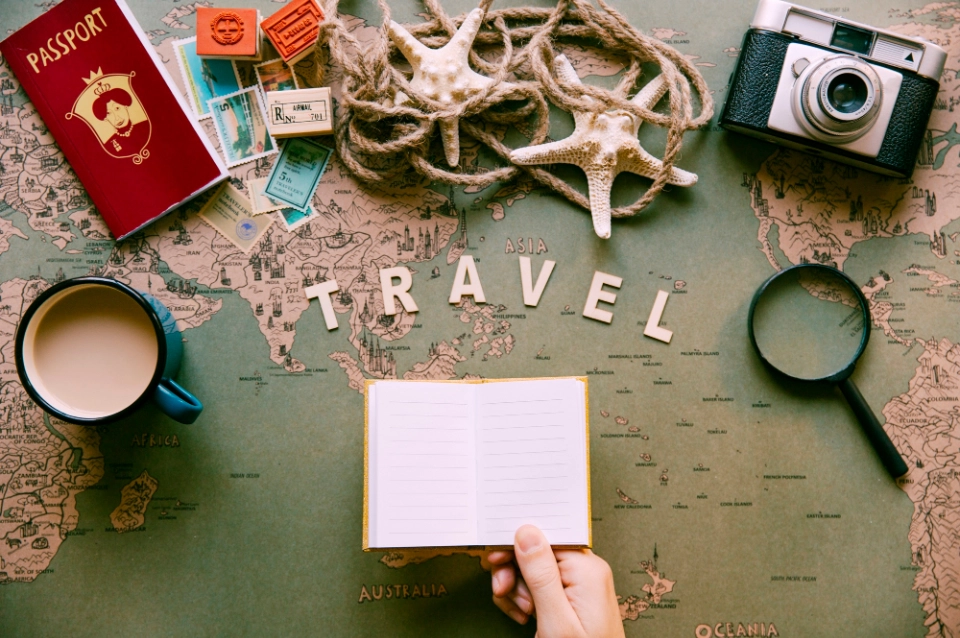
Market Etiquette and Visiting
- Arrive at the camel market early (before 8 AM) for maximum activity
- Dress respectfully and modestly
- Always ask permission before photographing people
- Consider hiring a local guide who can facilitate interactions and provide cultural context
- Bring cash for small purchases as gesture of respect
Desert Preparation
- Stock up on all supplies in Guelmim before desert excursions
- Carry excessive amounts of water (at least 5 liters per person per day)
- Ensure vehicles are mechanically sound with spare parts
- Inform accommodation or authorities of desert travel plans
- Travel with experienced guides or convoys when possible
Cultural Sensitivity
- Respect conservative Islamic customs and dress codes
- Learn basic Arabic or Berber greetings
- Show genuine interest in local culture rather than treating it as entertainment
- Understand that Sahrawi and Tuareg people have complex histories and identities
- Be patient with different pace of life and business practices
Photography Guidelines
- Always seek permission before photographing people
- Be especially respectful photographing women
- Offer to send photos to subjects (carry business cards with email)
- Consider paying small fees for portrait photography
- Capture landscapes and animals freely while respecting private property
Health and Safety
- Protect against intense sun exposure continuously
- Stay hydrated despite low humidity reducing thirst sensation
- Carry comprehensive first aid supplies
- Understand that medical facilities are basic
- Consider medical evacuation insurance for remote area travel
Hidden Gems and Authentic Experiences
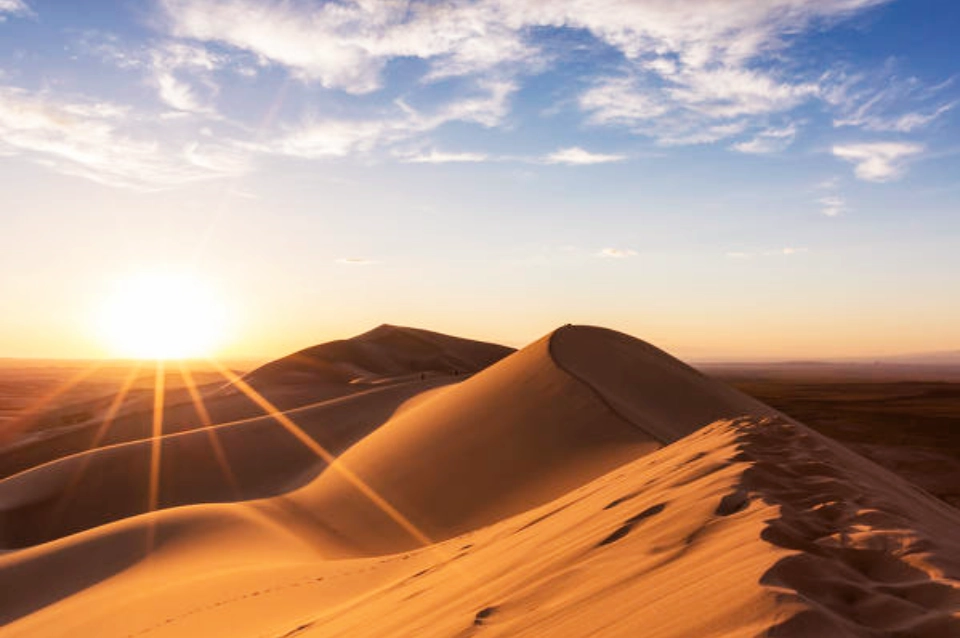
Sunset at Desert Overlooks
Local guides know elevated viewpoints where sunset over desert plains creates spectacular displays. These locations offer photography opportunities and peaceful moments away from urban activity.
Traditional Tent Hospitality
Some nomadic families welcome respectful visitors to experience traditional tent life, sharing meals, tea ceremonies, and insights into desert survival. These encounters, arranged through guides or local contacts, provide profound cultural understanding.
Small Oasis Communities
Tiny settlements scattered around Guelmim maintain traditional lifestyles with minimal modern influence. Visiting these communities (respectfully and preferably with local introduction) reveals authentic desert agriculture and social organization.
Nocturnal Desert Experiences
The clear, dark skies around Guelmim provide exceptional stargazing opportunities. Night camping trips allow observation of Saharan wildlife, traditional navigation techniques, and the desert’s dramatic nocturnal transformation.
Local Artisan Workshops
Small workshops throughout the city produce traditional goods using ancient techniques. Visiting these spaces provides insights into craft production while supporting local economy through direct purchases.
FAQs
Q1: Is the famous Guelmim camel market still operating, and is it authentic? A: Yes, the Saturday camel market continues to operate, though smaller than its historical peak. It remains genuine—local nomadic herders conduct real business transactions rather than performing for tourists. The market is most active from 7 AM to noon on Saturdays. While smaller than decades past due to modernization and reduced nomadic populations, it provides authentic glimpses into Saharan trading traditions that have existed for centuries.
Q2: What makes Guelmim different from other Moroccan desert gateways like Merzouga or Zagora? A: Guelmim offers more authentic, less touristy desert experiences with stronger connections to living nomadic culture. Unlike Merzouga’s dramatic dunes and concentrated tourism, Guelmim showcases working Saharan life, genuine markets, and access to remote, minimally developed regions. The Sahrawi and Tuareg cultural presence is more pronounced, and the city functions more as a real desert community than a tourism destination, providing deeper cultural insights for patient, curious travelers.
Q3: How many days should I plan for Guelmim and is it worth stopping versus going directly to Laayoune or Dakhla? A: Plan at least 2-3 days to properly experience Guelmim, attend the Saturday market, visit Plage Blanche, and explore surrounding areas. The city absolutely merits stopping rather than passing through—it offers unique cultural experiences and natural attractions unavailable elsewhere. Using Guelmim as a base for 4-5 days enables comprehensive regional exploration including desert excursions, coastal visits, and cultural immersion.
Q4: Is Guelmim safe for tourists, especially solo travelers or women? A: Guelmim is generally very safe with low crime rates and traditionally hospitable communities. However, it’s a conservative region where appropriate dress and behavior are important. Solo travelers of any gender visit successfully, though women should dress modestly and may attract curious attention due to rarity of female solo travelers in this region. Standard precautions apply, and traveling with guides for desert excursions is advisable regardless of gender.
Q5: Can I arrange desert expeditions and camel trekking from Guelmim? A: Yes, several local operators offer desert expeditions, 4×4 tours, visits to remote oases, trips to Plage Blanche, and camel trekking experiences. These can be arranged through hotels, tour agencies, or directly with guides. Guelmim’s advantage is access to less-touristed desert areas and more authentic nomadic encounters compared to better-known desert destinations. Prices are generally more reasonable than in major tourist centers, and experiences feel more genuine.


